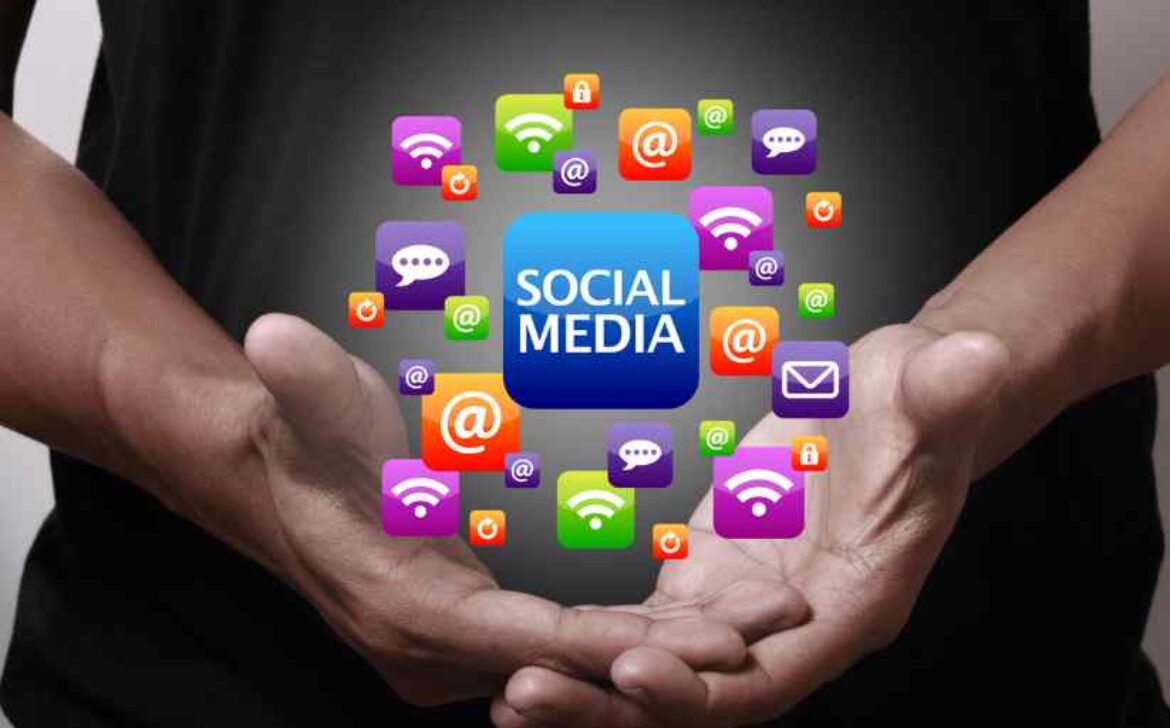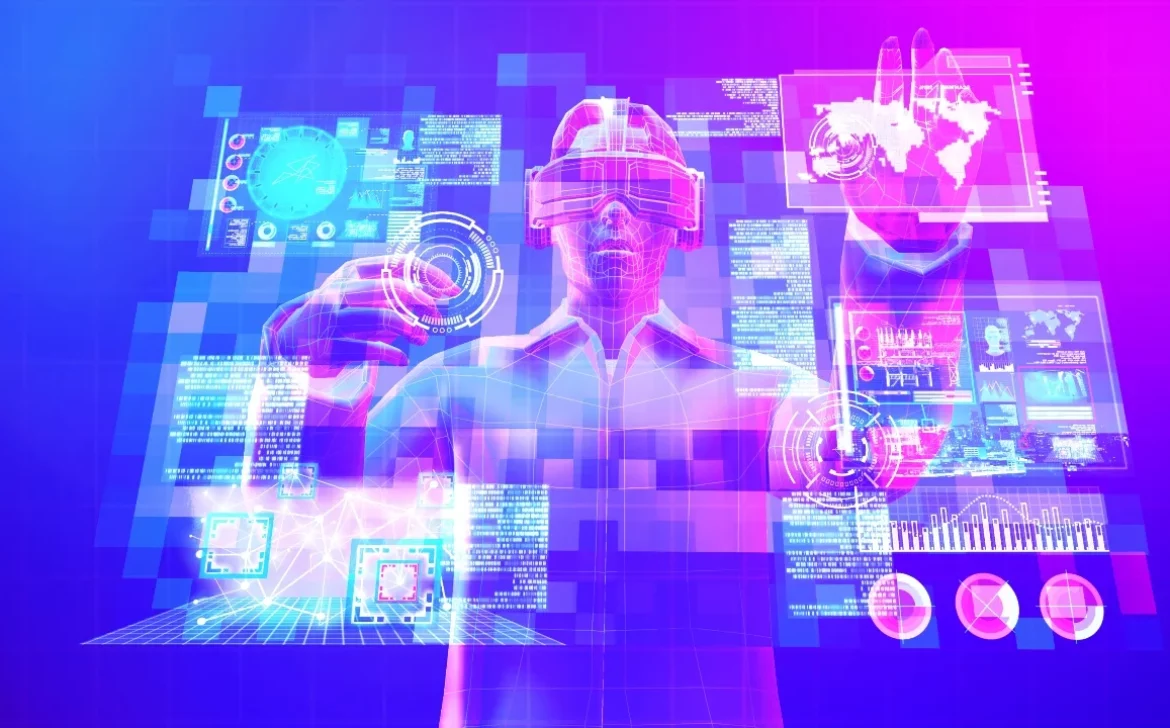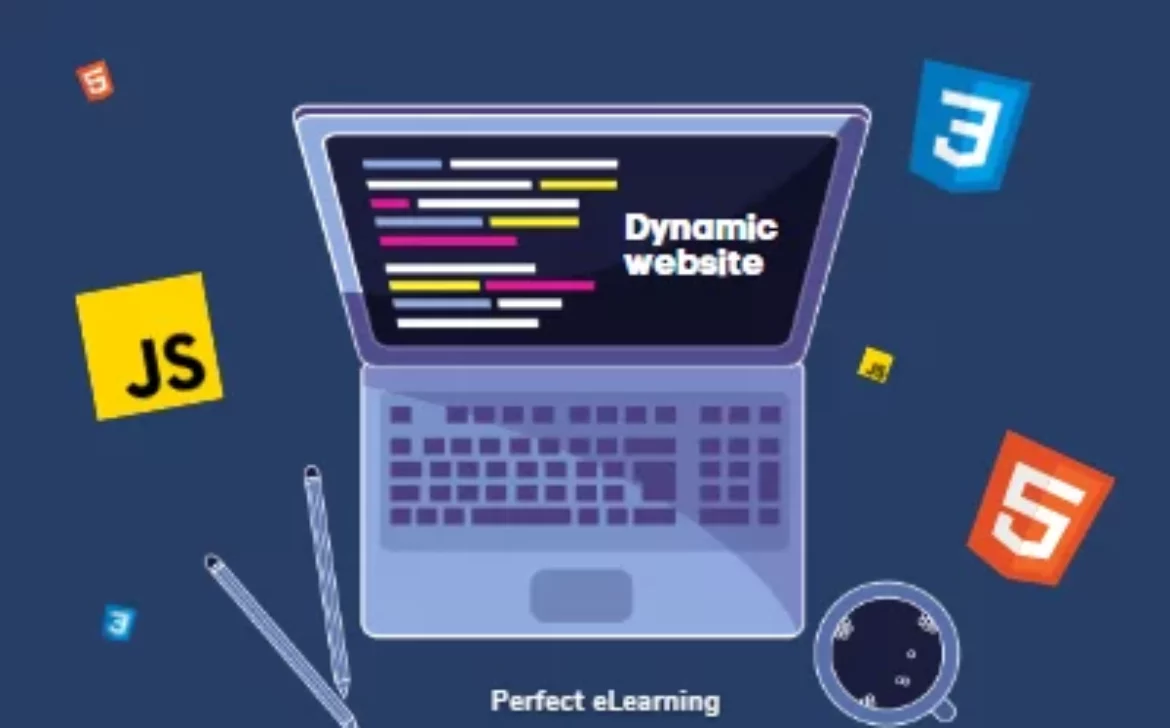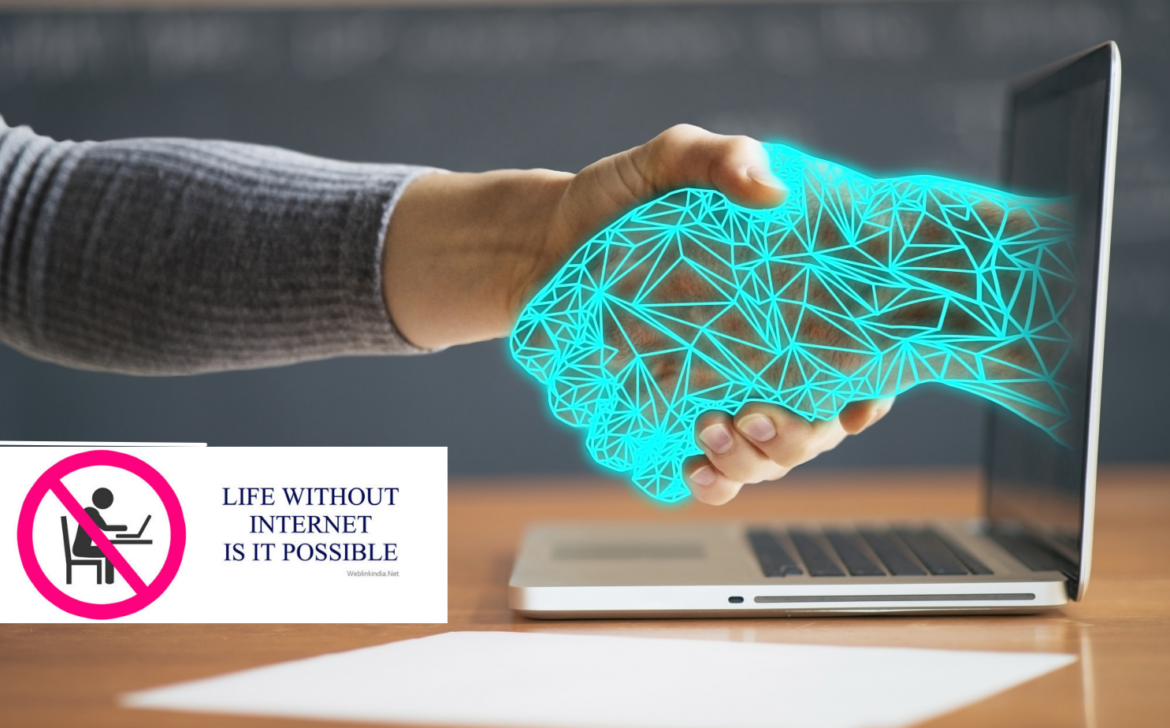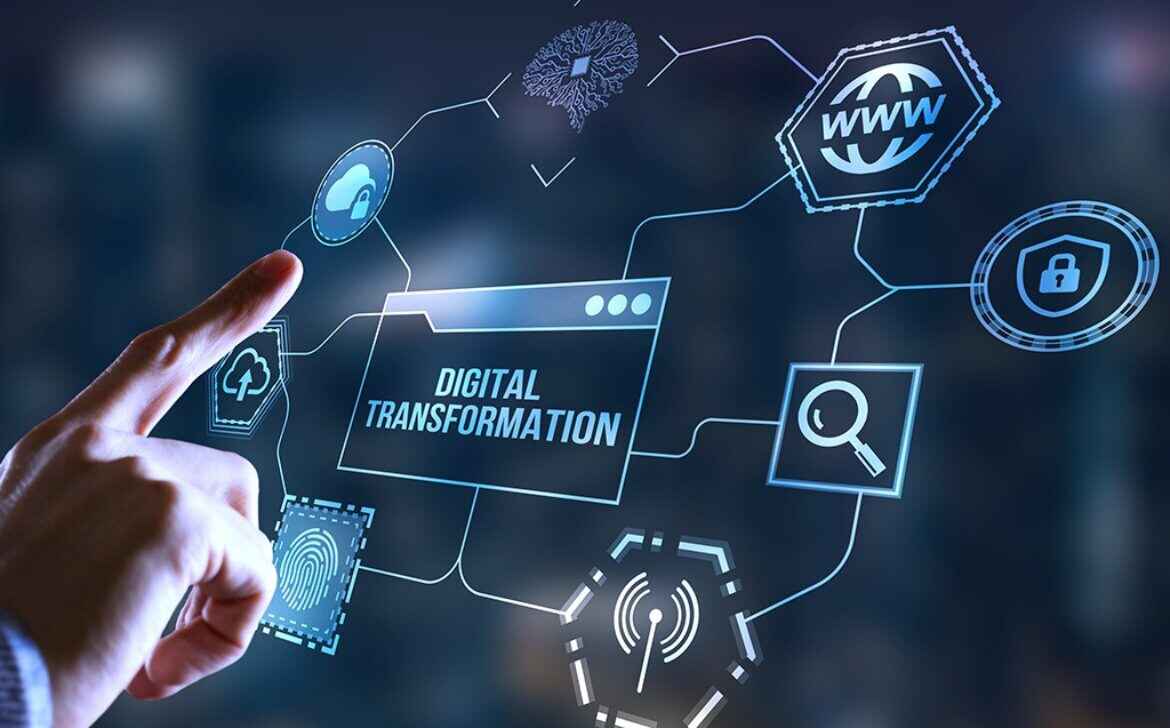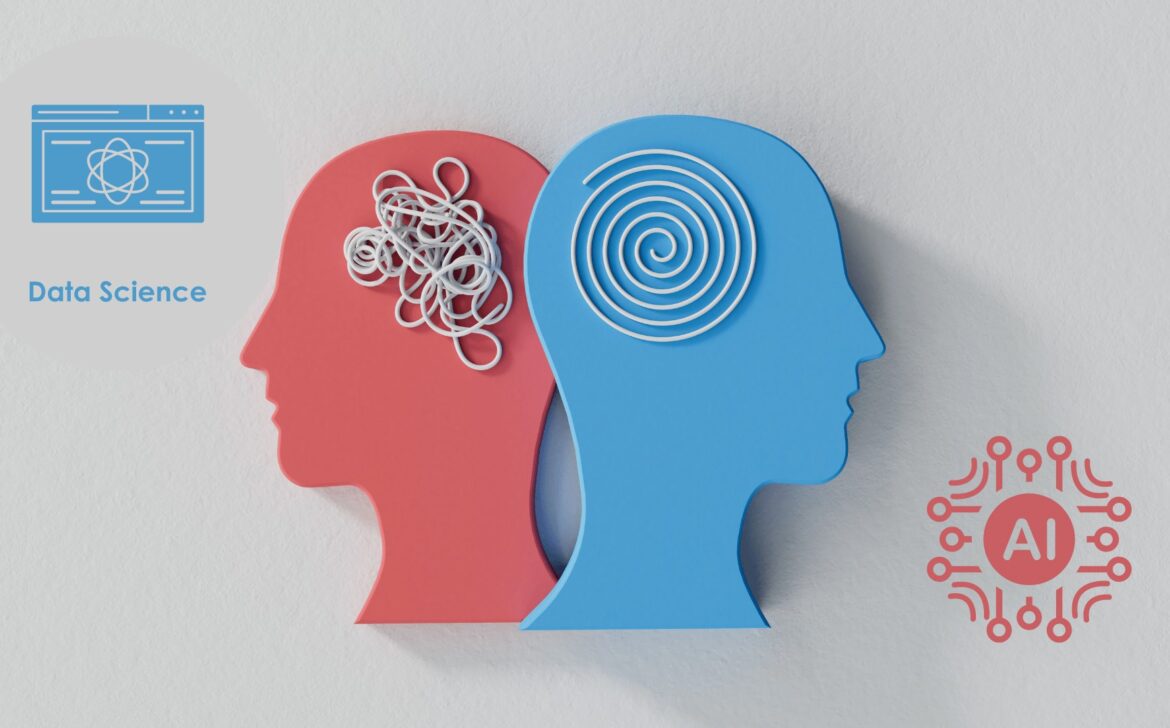Social Media Renaissance: Navigating the Ever-Evolving Digital Landscape
Introduction
In the blink of an eye, social media has transformed from a simple means of connecting with friends to an intricate web that influences every facet of our lives. This blog takes you on a journey through the ever-evolving realm of social media, uncovering its impact, trends, challenges, and the role it plays in our interconnected digital world.
Chapter 1: The Dawn of Social Media
Embark on a historical expedition to trace the origins of social media. From the humble beginnings of platforms like Six Degrees to the groundbreaking launch of Facebook, we explore the milestones that have shaped our digital interactions. Witness the birth of a global phenomenon that has revolutionized communication.
Chapter 2: The Power of Connection
Discover the essence of social media: connection. Dive deep into how these platforms have bridged geographical gaps, fostering relationships across cultures, languages, and borders. Uncover heartwarming stories of friendships formed, families reunited, and social activism sparked through the power of online connections.
Chapter 3: The Rise of Influencer Culture
Explore the rise of influencers, individuals who wield significant impact over their followers’ choices and behaviors. Delve into the intricacies of influencer marketing, how it’s reshaping brand-consumer relationships, and the delicate balance between authenticity and sponsored content.
Chapter 4: Social Media and Mental Health
Intriguing and thought-provoking, this chapter tackles the dual nature of social media’s impact on mental health. Examine the positive role it plays in providing support networks and amplifying awareness campaigns. Conversely, delve into the darker side, where comparison, cyberbullying, and addiction pose significant challenges.
Chapter 5: Privacy in the Digital Age
Unveil the ongoing debate surrounding privacy in the age of social media. Journey through data breaches, user surveillance, and the fine line between personalized experiences and invasive practices. Learn how users are demanding more control over their data, and how platforms are responding to these demands.
Chapter 6: The Future of Social Media
Peek into the crystal ball to envision the future of social media. Immerse yourself in discussions about virtual reality, augmented reality, and the potential of social media’s integration into our physical surroundings. Explore how emerging technologies will reshape the way we interact, share, and consume content.
Chapter 7: The Balance and Responsibility
As we navigate the intricate landscape of social media, the importance of balance and responsibility comes to the forefront. Reflect on the roles of platforms, users, and society at large in cultivating a digital environment that is both empowering and ethical.
Conclusion: Embracing the Social Media Renaissance
The social media journey is a rollercoaster ride of innovation, connection, challenges, and responsibility. Whether you’re a digital native or a newcomer to the digital world, the realm of social media demands careful navigation and thoughtful engagement. As we stand at the intersection of human interaction and technological advancement, let us embrace the potential for positive change and growth in this ever-evolving digital landscape.

